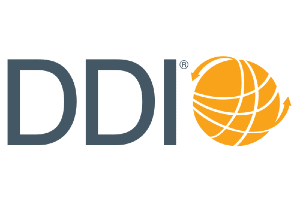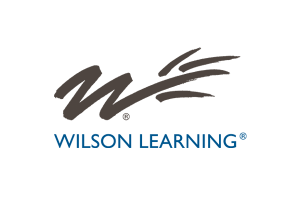Which leaders within your organization are worth investing in?
The answer is probably a lot broader than you think.
Traditionally, leadership development programs and opportunities have been targeted at senior managers and the C-suite. The idea has been to have leaders prove themselves by ascending up the corporate ladder before the organization invests time, resources, and energy into developing their leadership capacity and potential further.
This traditional approach has merit but leaves a lot of value on the table. In today’s decentralized and global organizations, there is an increasing need for every individual to think like a leader. This does not necessarily mean guiding direct reports, but it does involve showing up with an ownership mentality, the energy and grit to get things done, a sense of accountability for outcomes, and a commitment to the organization’s collective mission and success.
Supporting a broader base of employees to think and act like leaders is important both today and when thinking about the future. In the current market, employers have a bottom-line need to optimize the knowledge, skills, and impact of each employee by identifying and elevating each of their capabilities. Investing in talent is just as important when taking a forward-looking approach: today’s juniors are tomorrow’s senior leaders, and honing their leadership mindset early can only bring dividends as they ascend and grow.
Rethinking leadership development to include all levels of an organization doesn’t just happen. It requires thoughtful planning and buy-in from individual employees, their managers, and the teams and executives responsible for their training and development.
Developing Leaders at Every Level
To cultivate leaders at every level, organizations should consider the following strategies.
Encourage organizational leadership to:
- Foster reciprocal and cross-functional learning opportunities. Organizations that foster multidirectional learning, guidance and mentorship opportunities win when it comes to capacity-building, collaboration and, ultimately, profitability. Additionally, junior employees who can access opportunities to consolidate and communicate their knowledge build skills and relationships faster and are ready earlier to take on more responsibility.
- Create an environment where it’s safe to fail. Innovation requires risk. It is important for organizations to create space for employees to try new things and learn not only from their hits but also from their misses. When employees are encouraged to think like leaders, they are more likely to take calculated risks to drive growth and adopt a bias for action. Senior leaders can model the behavior by being prepared to own their mistakes and share the lessons learned for everybody’s benefit.
Encourage managers to:
- Know what team members are good at. Look for each team member’s unique strengths and find opportunities for them to highlight and grow those areas of expertise. While there are always areas to grow and develop, focus on what employees already do well, and create opportunities for them to shine and then to refine their capabilities further.
- Involve team members early. Employee feedback is a critical lever for success. Whether the organization is developing a product, advising a stakeholder, or making a big decision, the most impactful “aha!” moments may not always come from the most senior person in the room. Once managers establish that input is valued at every level, this can also have a domino effect, inspiring employees across the organization to work more collaboratively and engage other peers for insights and ideas.
Encourage individuals to:
- Cultivate their circle of influence. Ensure that individuals have opportunities to meet and connect with colleagues outside of their direct line of reporting. Employees should have access to relationships beyond their functional silos so that they can build belonging and foster connectivity across a diverse range of backgrounds and perspectives. This allows for a valuable exchange of insights about how different parts of the company work together and can help employees troubleshoot when met with challenges that require creative solutions.
- Build a professional presence. There is an old adage encouraging young professionals to “dress for the job you want.” A more important focus (particularly in today’s hybrid working world) is figuring out how they can project the reliability, consistency, and credibility they’ll need in order to have the job they want. Provide opportunities to build professional presence and utilize it effectively and appropriately at any career stage.
As the workplace continues to evolve, so should its definition of leadership. Providing employees at every level with an opportunity to exercise and grow their leadership skills can transform leadership development programs and unlock higher levels of growth potential for organizations both in the near- and long-term.










